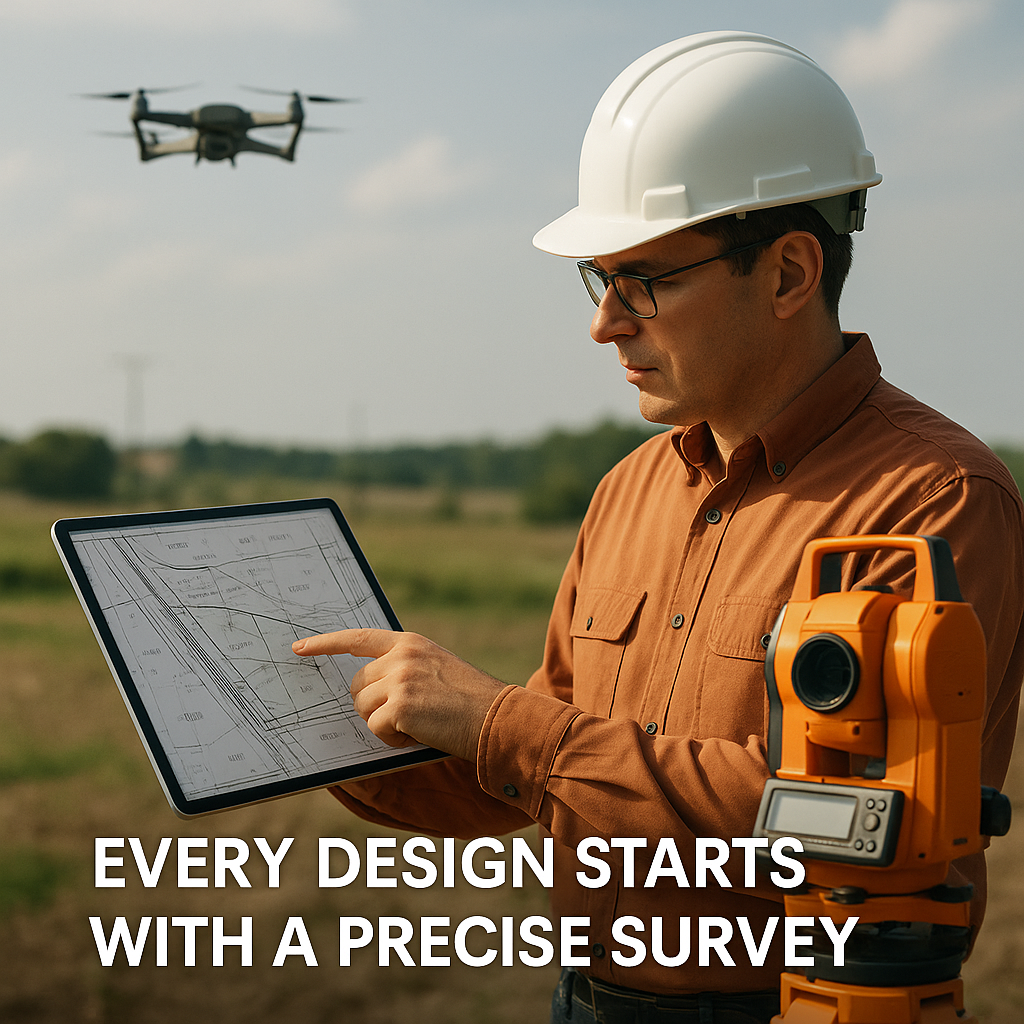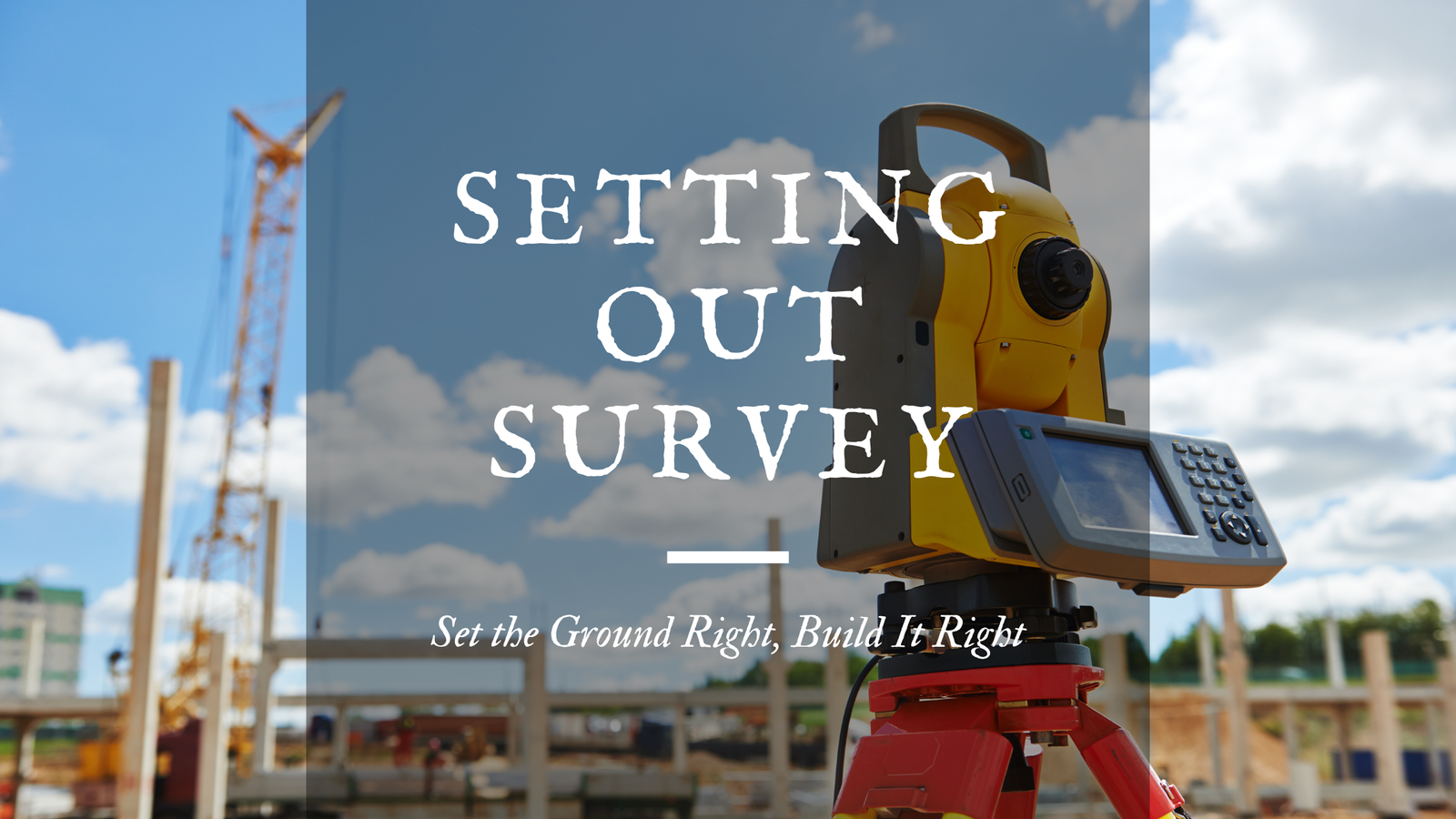In the ever-evolving landscape of drone technology, precision is paramount. Whether you’re a surveyor, a farmer, or a filmmaker, the accuracy of your drone data can make or break your project’s success. Two of the most advanced techniques for achieving exceptional precision are Post-Processing Kinematic (PPK) and Real-Time Kinematic (RTK) GPS systems. In this blog post, we’ll delve into the intricacies of both PPK and RTK drones to help you make an informed choice for your specific needs.
PPK vs. RTK: What’s the Difference?
| Criteria | PPK Drones | RTK Drones |
| Real-time Correction | ✘ Doesn’t require real-time corrections, simplifying setup | ✔Provides instant corrections |
| Base Station Needed | ✘ Doesn’t require a base station | ✔ Requires a base station setup |
| Data Accuracy | ✔ High accuracy (cm) | ✔ Extremely high accuracy (mm/cm) |
| Cost | ✔ Generally more cost-effective | ✘ Higher cost due to hardware and infrastructure |
| Versatility | ✔ Suitable for mapping, surveying, and various tasks | ✔ Ideal for precision agriculture and real-time applications |
| Operational Ease | ✔ Simpler setup, ideal for remote areas | ✔ Easier setup for experienced users |
| Complexity | ✘ Longer data processing times | ✘ More complex setup and operation |
| Environment Sensitivity | ✔ Less sensitive, suitable for challenging terrain | ✘ Sensitive to interference and signal loss |
| Post-Processing Time | ✔ Requires post-processing for accuracy | ✘ Real-time data, no need for post-processing |

Understanding PPK Drones
Post-Processing Kinematic (PPK) drones have gained significant traction in the mapping and surveying industry. These drones capture GPS data during flight but don’t rely on real-time corrections. Instead, they collect raw data for later processing. Here’s a closer look at their key attributes:

Real-time Correction
PPK drones do not make real-time corrections during flight. They log raw GNSS data for later post-processing, which can result in slightly longer data processing times.
Base Station
Unlike RTK drones, PPK drones do not require a base station during flight. This can simplify operations in remote or challenging environments.
Data Accuracy
PPK drones offer high levels of accuracy, typically in the range of a few centimetres. This makes them well-suited for tasks like topographic mapping, construction site monitoring, and archaeological surveys.
Cost
PPK drones are generally more affordable than their RTK counterparts, making them an attractive choice for budget-conscious professionals.
Exploring RTK Drones
Real-Time Kinematic (RTK) drones, on the other hand, provide unparalleled accuracy through continuous real-time corrections. These corrections are typically communicated between the drone and a ground-based reference station. Here’s a closer look at RTK drones:

Real-time Correction
RTK drones continuously receive corrections from a base station during flight. This results in instant and extremely high accuracy, often down to a few millimetres.
Base Station
RTK drones require a base station for real-time corrections. This means that setting up and maintaining the base station is essential for precision.
Data Accuracy
RTK drones are the pinnacle of accuracy in the drone industry. They excel in precision agriculture, where millimetre-level accuracy is crucial for tasks like crop spraying and soil analysis.
Cost
RTK drones are typically more expensive due to the additional hardware and infrastructure required. However, the accuracy they provide can justify the investment for specific applications.
Making the Right Choice
Choosing between PPK and RTK drones ultimately depends on your specific needs and budget. Here are some considerations to guide your decision:
Project Requirements
Assess the accuracy requirements of your project. If millimeter-level precision is crucial, RTK is the way to go.
Budget
Determine your budget constraints. PPK drones offer a more cost-effective solution, making them suitable for many mapping and surveying tasks.
Operational Environment
Consider where you’ll be operating your drone. PPK drones shine in remote or challenging terrain, while RTK drones require a stable base station setup.
In conclusion, both PPK and RTK drones have their strengths and are valuable tools for professionals across various industries. By understanding their differences and assessing your specific needs, you can confidently choose the right drone for your precision-critical tasks. Happy flying and mapping!









